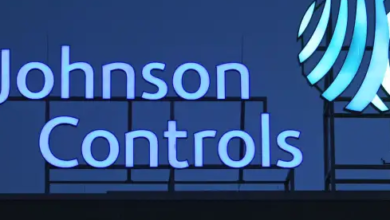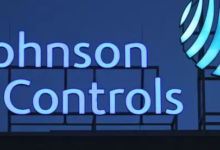Know 3 Specifications before Exploring Inverter with Battery Price
The monsoons are just around the corner. The heavy rains and the lovely weather are usually accompanied by the unsaid promise of frequent power cuts. The period of waiting for the electricity to return can annoy you and also the recurrent power cuts can adversely affect your appliances. Hence, having an inverter can go a long way in protecting your appliances and keeping you calm.
A key aspect of an inverter is the battery, without which the inverter would be of no use. Whether you need an inverter with battery price for your office or home, there are several key specifications you must be aware of before purchasing one.

Image Source: Luminous
- Capacity of the Battery
The capacity in a battery is defined as the maximum amount of energy that can be supplied to the inverter until the voltage drops (single charge). The capacity in an inverter with battery price is measured in ampere-hours (Ah). Ampere-hour is the quantity of energy in a battery, which allows 1 ampere of current to flow in an hour. For example, in ideal conditions, a 180Ah battery can provide 180A of current for 1 hour, 90A of current for 2 hours, and so on.
As mentioned, capacity is the maximum amount of energy that can be provided, however, the actual amount of energy extracted differs significantly. This is because the actual capacity depends upon the history and age of the battery, the make and composition of the battery, the charging aspect of the battery, and the surrounding temperature.
Usually, the capacity in an inverter with battery price is divided into three categories for easier classification and understanding, i.e. below 150Ah, 150-180Ah, and above 180Ah.
- Battery Charging Time
Another key specification that you must examine before buying an inverter with battery price is the time taken by the battery to fully charge. The charging time for a battery firstly depends on the battery chosen. Flat plate batteries will take the least time to fully charge. Tubular batteries will take more time to charge, while gel batteries charge fast but not as fast as Flat plate batteries. Additionally, the charging time is also determined by the capacity of the battery. A battery with higher capacity will take longer to charge and vice-versa. It is also recommended that you do not completely discharge your battery before charging it again since it affects the battery life.
- Warranty of the Battery
It is also important to examine the warranty of the battery with price before purchasing one. This is because you may have to bear the expenses if the battery stops working after the warranty expires. Hence, it is suggested that you opt for a battery that offers an extended warranty. It may cost you slightly more, but it is beneficial in the long run.
There are two types of warranties when it comes to an inverter with battery price – flat and pro-rata. In a flat warranty, the company repairs or replaces the battery free of charge. On the other hand, in a pro-rata warranty, the company covers the cost that depends upon the purchase price and the age of the battery. In other words, a pro-rata warranty is for availing discounts on purchase of new battery while returning the o one.
Battery companies usually offer only a flat warranty or a combination of both flat and pro-rata.
Explore Inverter With Battery Price After Understanding Key Specifications
Once you understand the specifications, it becomes easier to select a battery that meets your requirements. Other factors to consider while buying a battery comprise the quality of the product, after-sales service of the brand selected, durability, and efficiency. Thus, you should purchase a battery from brands like Luminous, which offers unmatched results with its range of long-lasting and robust products.






